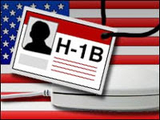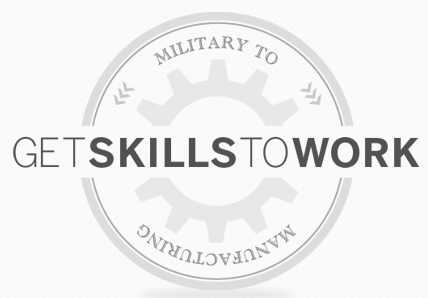Brookings Institution Report Sheds New Light On H-1B Foreign Worker Visas
Post Views 2
The report says that the Silicon Valley ranks the highest in what the report refers to us “H-1B Intensity.” It seeks 17 workers for every 1,000 people in the workforce.
The report says that “The New York metropolitan area had by far the highest demand for H-1Bs: almost 53,000 on average over the 2010–2011 period, accounting for more than 16 percent of national demand. Los Angeles, San Francisco, San Jose and Washington made up the remaining top five metro areas, each with between 14,000 and 18,000 requests.”
Google, Apple, Yahoo, Oracle, eBay, Intel all huge giants in the country’s corporate history, are leading in seeking to recruit highly-skilledworkers from other countries. Not only have these big names depended on highly-skilled employers from overseas, even the local employers, big and small are joining the bandwagon.
Sean Randolph, president of the Bay Area Council Economic Institute, a business advocate confirmed, “It’s not just about the Bay Area, New York, Boston and Seattle. It’s also not just about great-big companies. These (visas) arebeing used by a lot of startups.”
It is generally assumed that the Bay Area is the one that seeks the maximum H-1B workers, but the report has unveiled some unexpected information that belies conventional wisdom that only the South Bay is an H-1B hub.
Following the Bay Area on the H-1B per-capita list is Columbus, Ind., where the engine-maker Cummins is situated. In Durham, N.C, the universities are the biggest seekers of such employees whereas banks and IT outsourcers account for most of them in New Jersey’s capital, Trenton.
The government grants 85,000 H-1B visas every year, and employers can sponsor foreign workers with special skills, who are granted three-year visas. Of these 85,000 the government sets aside 20,000 for workers with advanced degrees. This year the visas reached their capping range within 10 weeks. This was the fastest the visas had been exhausted since the recession.
H-1B visas are sought primarily by workers from China and India, though the maximum are from India. Consul general of the United States of America in Chennai, Jennifer A. Mcintyre said that almost 65 percent of H1B workers in the US are from India.
The report says that visa holders are mostly employed in STEM (science, technology, engineering and maths) fields and come mainly from Asian nations. The US Department of Homeland Security’s said that India had the highest number of H-1B recipients in 2011, accounting for almost 60 percent of all approved petitions.Those born in China received 8.8 percent, followed by Canada at 3.5 percent.
A majority of these workers are sought by companies for computer work and the second largest group of workers, behind the computer workers are the engineers. Financial specialists and life scientists and nurses are also in huge demand and rank high on the request list.
There is a continuous debate over whether the highly-skilled workers are in demand because the country lacks such skilled workers or whether they take away US jobs from native worker and also lower wages.
It is found that most of the H-1B visa seekers are already in the country having arrived here to pursue an education. There is growing criticism that most go on to become permanent residents and founders of startup firms.
Wired.com says that the report takes a neutral side and its finding cannot conclude whether US Jobs are lost or whether highly-skilled labor available cheap is drives these demands.
“On one side, tech CEOs complain that the country’s flawed education system can’t produce the talent they need to stay competitive,” Wired.com said. “On the other side, labor and anti-immigration groups charge that companies just want to import cheaper labor from China and India at the expense of qualified U.S. workers.”
Neil Ruiz, who authored the report, said that he hoped that the report would add new insight to the debate. He said that the fees companies pay for the visa fund tech and science training grants for American workers differed in states and was higher in Kansas and Maine, where the demand for the H-1B visas was lesser.
A $5 million grant, from H-1B earnings was given education group WestEd, San Francisco, to help fund a 4 year project to help IBM and AT&T workers stay abreast of new technology and to provide training to the jobless.
Matthew Spaur, a spokesman for WestEd, “What those fees are supposed to do is train local workers to have those skills” that H-1B workers are recruited for. The H-1B workers are paying to replace themselves … and making local people more competitive in a global economy.”
Brookings Institution Report Sheds New Light On H-1B Foreign Worker Visas by Harrison Barnes


 Trade Up or Trade Down for Business Success
Trade Up or Trade Down for Business Success  Not Being Advertised…How the Advertising Business Has Changed Over Time
Not Being Advertised…How the Advertising Business Has Changed Over Time